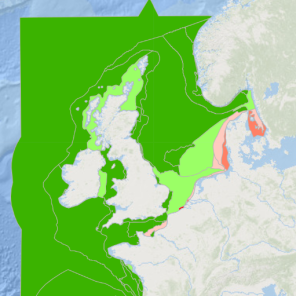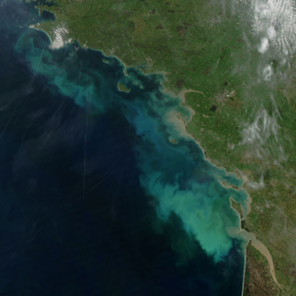| | In this week's newsletter we feature 3 more assessments produced by OSPAR's Hazardous Substances and Eutrophication Committee. These assessments contribute to our 2023 Quality Status Report and will, when combined, create a picture of the health of the marine environment of the North-East Atlantic.
Please do contact us with any comments at [email protected] |  | | Concentrations of Chlorophyll-a in the Greater North Sea, Celtic Seas and Bay of Biscay and Iberian Coast | Since the Quality Status Report 2010 there have only been small changes in chlorophyll concentrations in the Greater North Sea (Region II), Celtic Seas (Region III) and Bay of Biscay and Iberian Coast (Region IV). Eleven assessment areas, all in OSPAR Region II show concentrations exceeding the threshold in the fourth application of the Common Procedure (COMP4) assessment period 2015 to 2020. This applies to 46% of the surface area of river plumes and 22% of the surface area of coastal areas (total surface area in Regions II, III, IV). |  READ MORE
READ MORE |
| |  | | Winter Nutrient Concentrations in the Greater North Sea, Celtic Seas and Bay of Biscay and Iberian Coast | Since the Quality Status Report 2010, winter concentrations of dissolved inorganic nitrogen (DIN) and phosphorus (DIP) have continued to decrease, mainly in coastal and some shelf areas in the Greater North Sea (Region II), Celtic Seas (Region III) and Bay of Biscay and Iberian Coast (Region IV). In the assessment period for the fourth application of the common procedure (COMP4) 2015-2020, 61% of the river plumes, 24% of coastal waters and less than 1% of shelf waters in the OSPAR area assessed (surface area km2) were not in good status for DIN. For DIP 38% of the river plumes and 11% of coastal waters were not in good status. |  READ MORE
READ MORE |
|
| |
| | |
|